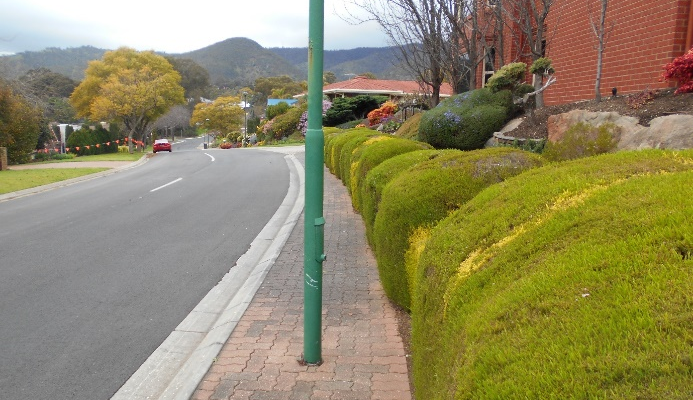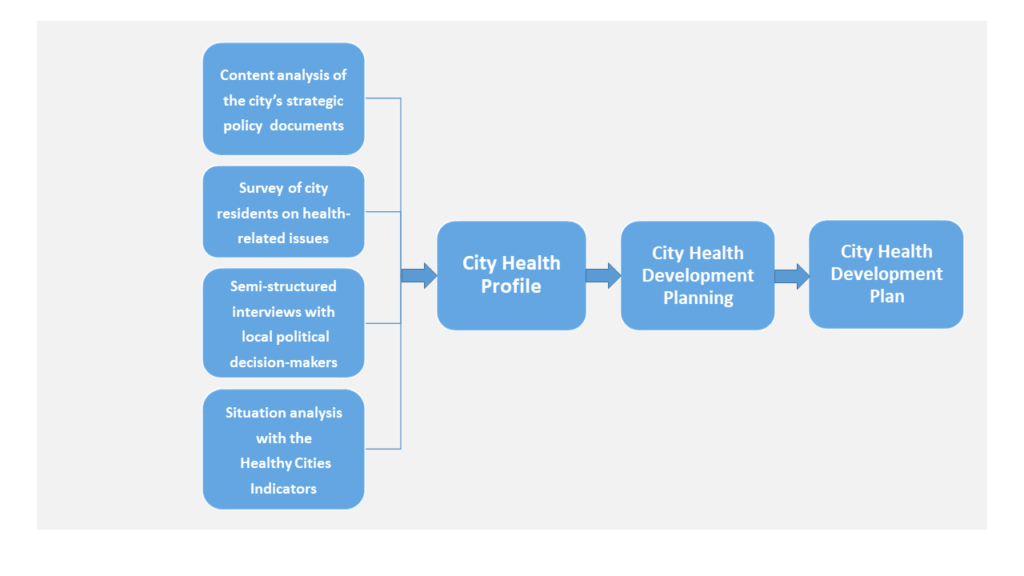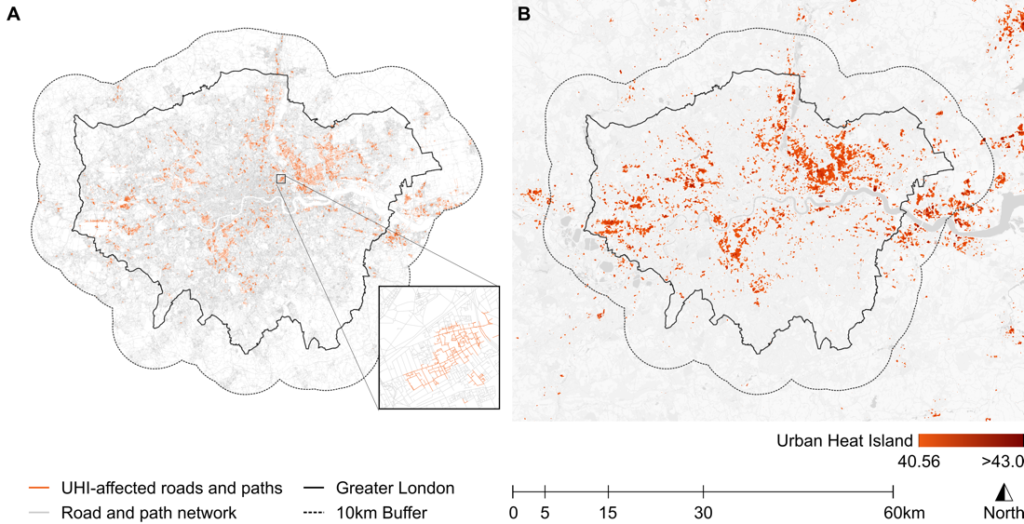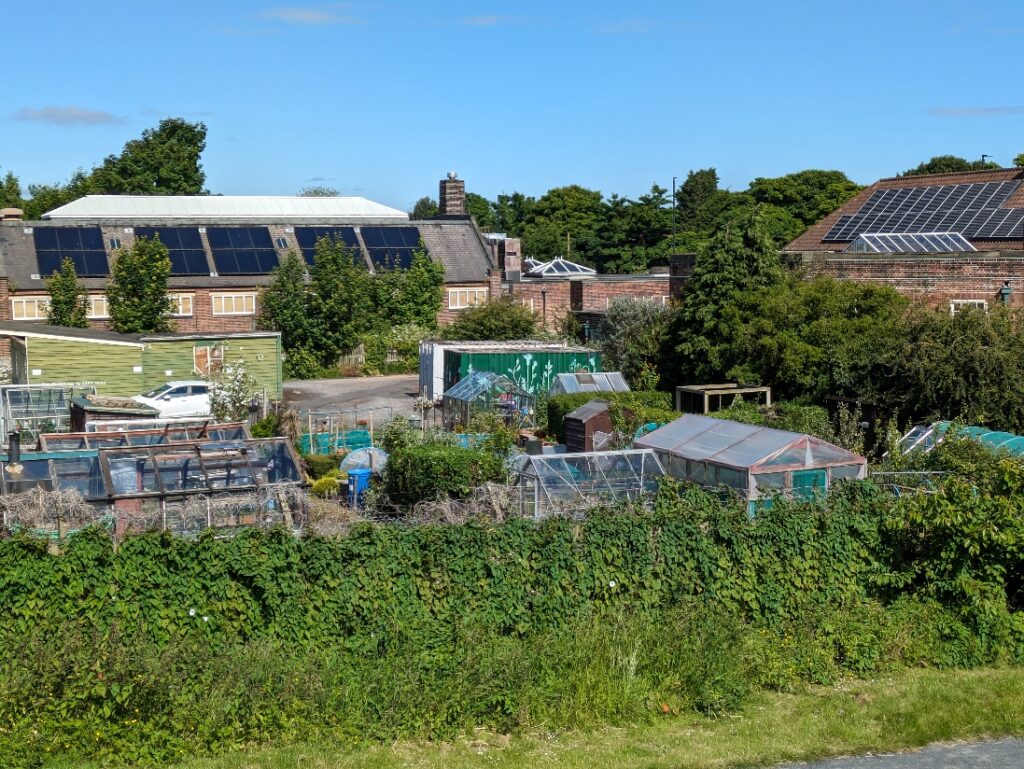City Know-hows

Share
Target audience
Policy makers for streets and the public realm, Planning departments, Citizens, Public health inclusion and physical activity teams.
The problem
The pedestrianization of northern Mainkai riverfront in Frankfurt brought the ongoing vehicular traffic to a halt and encouraged people to use the open street space. The experiment was discussed controversially in public and among policy makers. With the temporary experiment coming to an end in August 2020, the future of the Mainkai riverfront was in question.
What we did and why
The one-year-long experimental closure of the Mainkai street provided a rare opportunity to study an in situ urbanism ‘laboratory for change’ and impact on the public space usage. We studied diverse spaces by collecting peak hour pedestrian data, analyzing active spaces for children and observing stationary activities before the road closure during July 2019 and May 2020. This adds a qualitative perspective from eye level and captures possible effects on active mobility, accessibility and well-being.
Our study’s contribution
Our study underlines related initiatives world-wide that traffic calming acts as a catalyst for safer and healthier urban environments. Under the strictures of the coronavirus pandemic lockdown restrictions, the study suggests that (temporary) road closure to cars is a key element in changing the quality of public space to attract different user-groups and cater for an increased need to become physically active and engage socially, while in this case also keeping distancing rules.
Impacts for city policy and practice
Based on our study, we recommend to implement and extend the road closure experiments and their timelines during pandemic restrictions, as more people (especially children who were observed cycling) use the open public spaces showcasing a safe and healthy environment. Other ‘natural’ situations should also be sought during which natural experiments can be conducted.
Further information
Not available.
Full research article:
How do people use Frankfurt Mainkai riverfront during a road closure experiment? By Lakshya Pandit, Gladys Vasquez Fauggier, Lanqing Gu & Martin Knöll
Related posts

Let’s make our cities health-supporting settings! Hungarian members of the WHO European Healthy Cities Network have developed a city health planning methodology based on two decades of fieldwork. It offers a solution for health experts and decision-makers to bridge the gap between local health needs and challenges in implementing community health initiatives.

Our research highlights how some groups in London, like children, ethnic minorities, and lower-income residents, experience hotter areas due to the Urban Heat Island effect. We provide a clear approach for local governments to make climate action fairer and more effective.

Well-planned cities and neighbourhoods are building blocks for health and wellbeing. Our study evaluated one approach that two English local government organisations took to facilitate healthier environments, in both ‘healthy places officers’ were employed to bridge the gap between planning and public health teams.